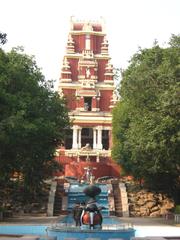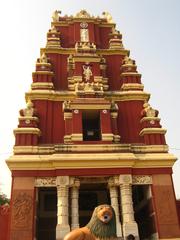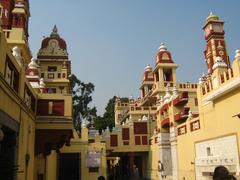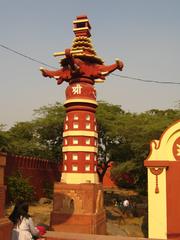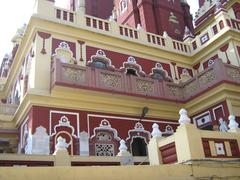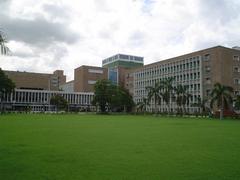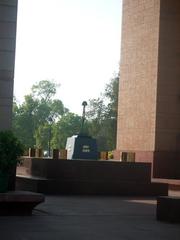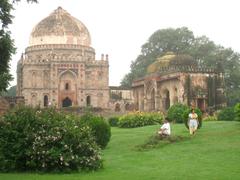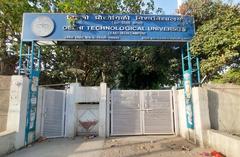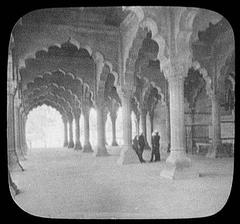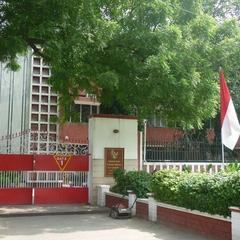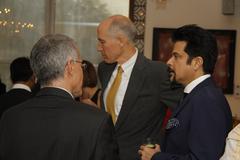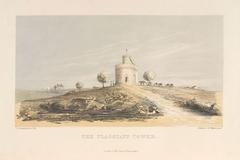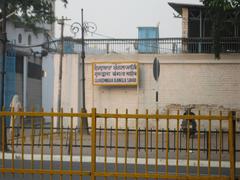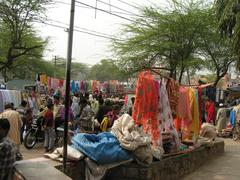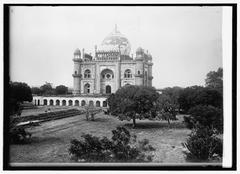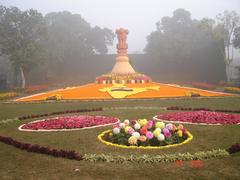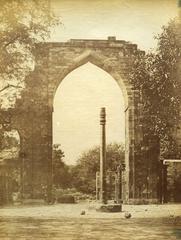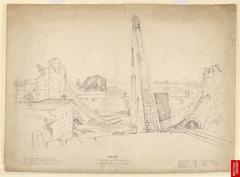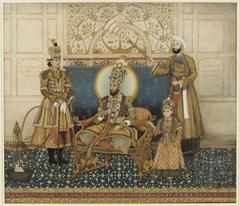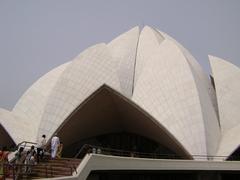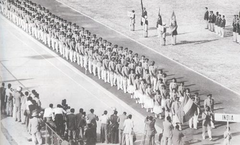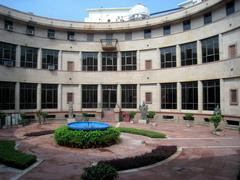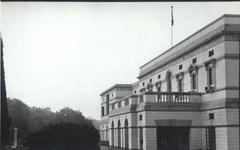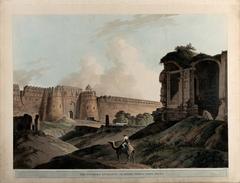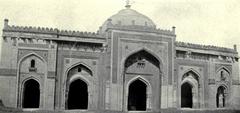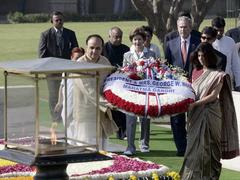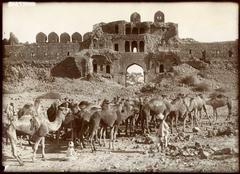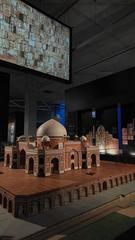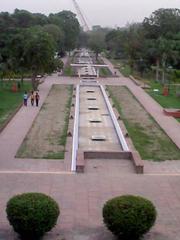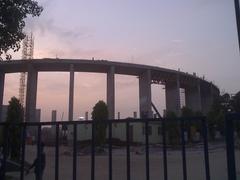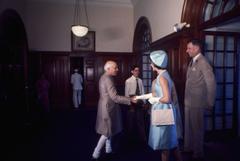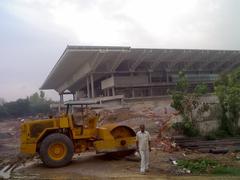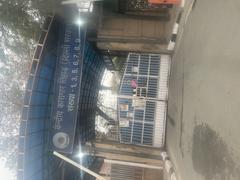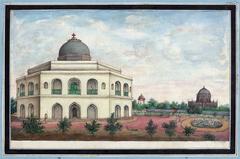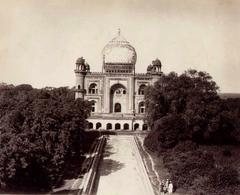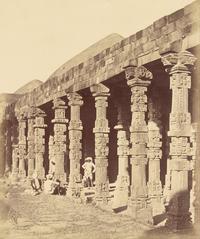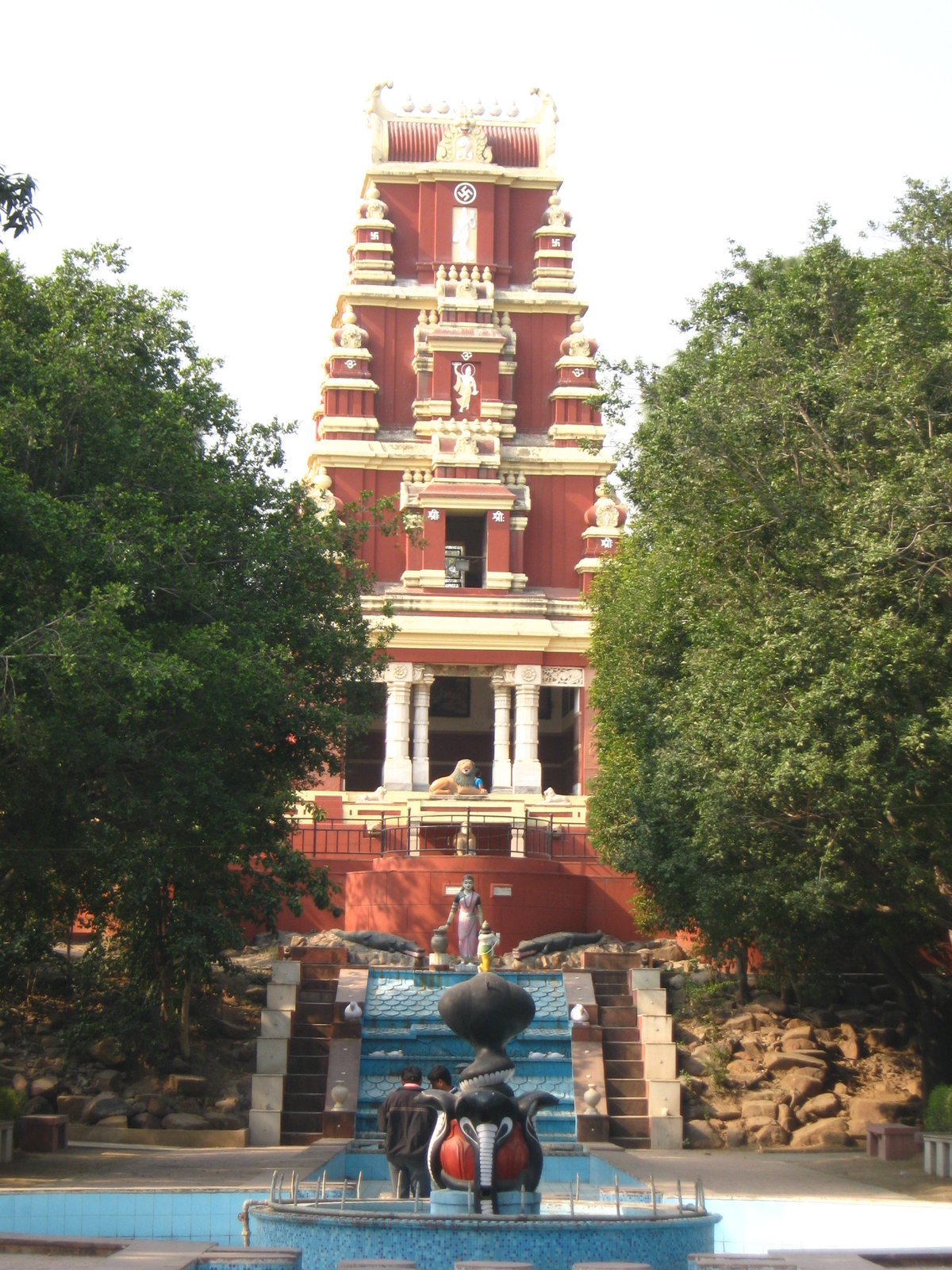
Laxminarayan Temple (Birla Mandir) Delhi: Comprehensive Visitor Guide 2025
Date: 14/06/2025
Introduction
Laxminarayan Temple, widely recognized as Birla Mandir, is a monumental landmark in New Delhi, celebrated for its spiritual depth, architectural excellence, and inclusive ethos. Commissioned by the Birla family and inaugurated in 1938 by Mahatma Gandhi, the temple broke social barriers by welcoming people of all backgrounds, serving as a beacon of unity and national pride. Dedicated primarily to Lord Vishnu (Narayan) and Goddess Lakshmi, the temple complex also honors deities such as Shiva, Krishna, Ganesha, Hanuman, and Buddha, reflecting India’s spiritual plurality. This guide delivers essential information on visiting hours, entry, accessibility, and travel tips, ensuring a meaningful and enriching experience at one of Delhi’s most revered heritage sites. For more in-depth details, consult TemplePurohit, Tour My India, and History to Heritage.
Historical Context and Cultural Significance
Origins and Values
Laxminarayan Temple was constructed between 1933 and 1939 under the guidance of the Birla family, with the foundation stone laid by Maharaj Udaybhanu Singh and the spiritual consecration led by Swami Keshwa Nandji. Mahatma Gandhi’s stipulation that the temple be accessible to all, regardless of caste or creed, was revolutionary for its time and remains central to the temple’s ethos (TemplePurohit; Sanatani Life). The temple’s inclusive vision reflects the larger spirit of India’s freedom and reformist movements.
Architectural Mastery
Designed by Sris Chandra Chatterjee, the temple exemplifies the Nagara style of North Indian temple architecture. Its main shikhara rises to 160 feet, complemented by subsidiary towers, and the structure is adorned with intricate carvings, frescoes, and murals depicting scenes from Hindu mythology, including the four yugas. Indigenous materials—red sandstone and white marble—were sourced from across India, with master artisans from Benares contributing to the rich ornamentation (Jovial Holiday; History to Heritage).
Religious and Social Role
The temple complex houses shrines to several deities, including an important Buddha shrine, symbolizing interfaith respect. It hosts major Hindu festivals, notably Janmashtami and Diwali, attracting thousands of devotees and visitors. The adjacent Geeta Bhawan is a center for spiritual discourses and cultural events, further strengthening the temple’s community role (TemplePurohit).
Symbolism in Modern India
Constructed during a period of national awakening, the temple embodies ideals of social harmony, patriotism, and self-reliance. Its gardens and public spaces offer a tranquil retreat amid Delhi’s bustling metropolis, making it a landmark for both spiritual solace and civic unity (Jovial Holiday; India OnGo).
Visitor Information
Visiting Hours
- Opening Times:
- Morning: 6:30 AM – 1:00 PM
- Evening: 4:30 PM – 9:00 PM
- Note: Some sources indicate slightly varied timings (e.g., 4:30 AM – 1:30 PM and 2:30 PM – 9:00 PM). It’s advisable to confirm timings before your visit, especially during festivals (Kahajaun).
Entry and Ticketing
- Entry Fee: Free for all visitors.
- Donations: Voluntary and not required for entry.
Accessibility
- Ramps and accessible restrooms are available, making the temple welcoming to differently-abled visitors.
Photography
- Allowed in gardens and exterior areas.
- Prohibited inside the sanctum and prayer halls to preserve sanctity.
Dress Code and Conduct
- Modest attire covering legs and shoulders is mandatory.
- Footwear must be removed before entering; shoe racks are provided.
- Maintain silence and turn mobile phones to silent mode.
Facilities
- Clean restrooms and drinking water stations.
- Stalls selling religious items and souvenirs.
- Security checks at entrances; large bags and prohibited items not allowed.
- Limited parking available.
How to Reach Laxminarayan Temple
- Metro:
- Nearest stations: Patel Chowk and Rajiv Chowk (Yellow Line), R.K. Ashram Marg (Blue Line), each within 1–2 km.
- Bus:
- DTC buses with stops near Connaught Place and Gole Market.
- Taxi/Auto-Rickshaw:
- Easily accessible from anywhere in Delhi.
- Parking:
- Limited on-site; plan accordingly during peak hours.
Temple Complex Layout and Unique Features
- Main Shrine:
- Dedicated to Lord Vishnu (Narayan) and Goddess Lakshmi.
- Subsidiary Shrines:
- Shiva, Ganesha, Hanuman, Krishna, Buddha.
- Geeta Bhawan:
- Scriptural study hall and event space.
- Gardens and Fountains:
- Landscaped areas for relaxation and meditation.
- Artistic Motifs:
- Carvings, murals, panels illustrating the Ramayana, Mahabharata, and the four yugas.
- Fortress Elements:
- Cannon holes symbolizing resilience, a nod to national awakening (Dev Dham Yatra).
Special Events and Rituals
- Festivals:
- Janmashtami and Diwali are celebrated with elaborate rituals, decorations, and cultural programs (TripXL).
- Aarti Timings:
- Daily aarti, especially on Friday evenings, offers a spiritually uplifting ambiance.
- Offerings:
- Flowers, fruits, and sweets may be brought or purchased on-site.
- Community Life:
- Geeta Bhawan hosts spiritual talks and educational programs.
Nearby Attractions
- Connaught Place: Commercial and cultural hub (<2 km).
- India Gate: Iconic war memorial (approx. 3 km).
- Jantar Mantar: Historic observatory.
- Gurudwara Bangla Sahib: Major Sikh shrine.
- National Museum: Rich collections of Indian art and history.
Visitor Tips
- Visit early mornings or evenings for a quieter experience and to enjoy the temple illumination.
- Avoid peak times such as weekends and major festivals if you prefer less crowded visits.
- Stay hydrated, dress appropriately for the season, and use sunscreen during summer months.
- Vegetarian restaurants like Haldiram’s and Bikanerwala are located nearby.
Safety and Security
- The premises are monitored by security personnel and CCTV.
- Lost and found services are managed by the temple office.
Accessibility for International Visitors
- Signage is in Hindi and English; staff can assist in basic English.
- Non-Hindu and international visitors are welcome—respect for local customs is encouraged.
Frequently Asked Questions (FAQ)
Q: What are the Laxminarayan Temple visiting hours?
A: Generally 6:30 AM – 1:00 PM and 4:30 PM – 9:00 PM, but check for updates during festivals.
Q: Is there an entry fee or ticket?
A: No, entry is free for all.
Q: Are guided tours available?
A: Guided tours may be arranged through the temple office or via authorized tour operators.
Q: Is the temple accessible for the differently-abled?
A: Yes, with ramps and accessible restrooms.
Q: Can I take photos inside the temple?
A: Photography is allowed in gardens and exterior areas; not inside the sanctum.
Conclusion
Laxminarayan Temple (Birla Mandir) is a remarkable confluence of faith, artistry, and social progress. Its Nagara-style architecture, inclusive ethos, and vibrant community life make it an essential destination for devotees, history enthusiasts, and travelers alike. Whether you seek spiritual solace, cultural insight, or a serene retreat, the temple offers a rewarding experience amid Delhi’s urban landscape.
For further travel guides and updates on Delhi’s heritage sites, download the Audiala app and connect with us on social media. Plan your visit to experience the temple’s unique blend of tradition, reform, and hospitality.
Sources and Further Reading
- TemplePurohit
- Tour My India
- History to Heritage
- Kahajaun
- Sanatani Life
- TripXL
- India OnGo
- Dev Dham Yatra
